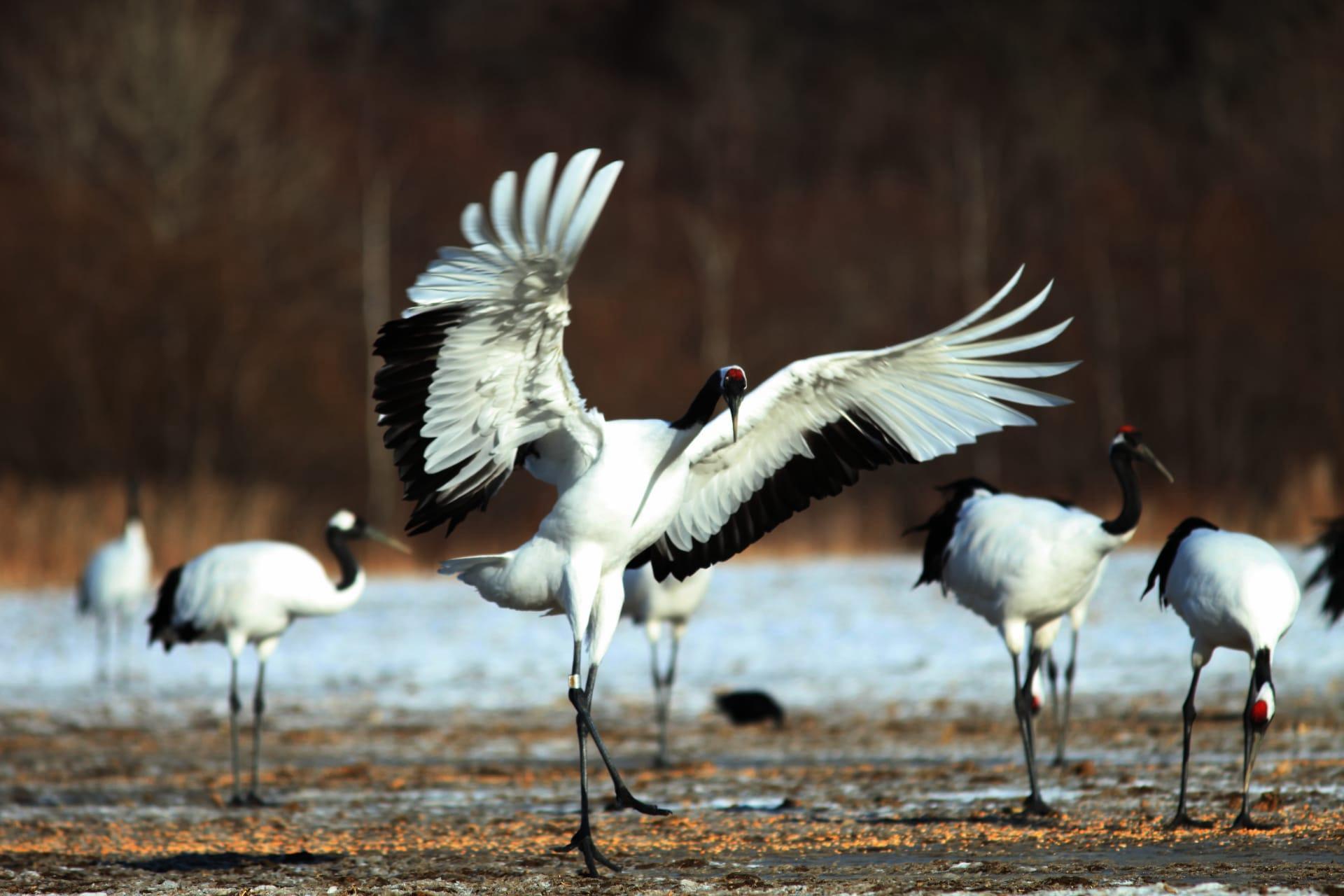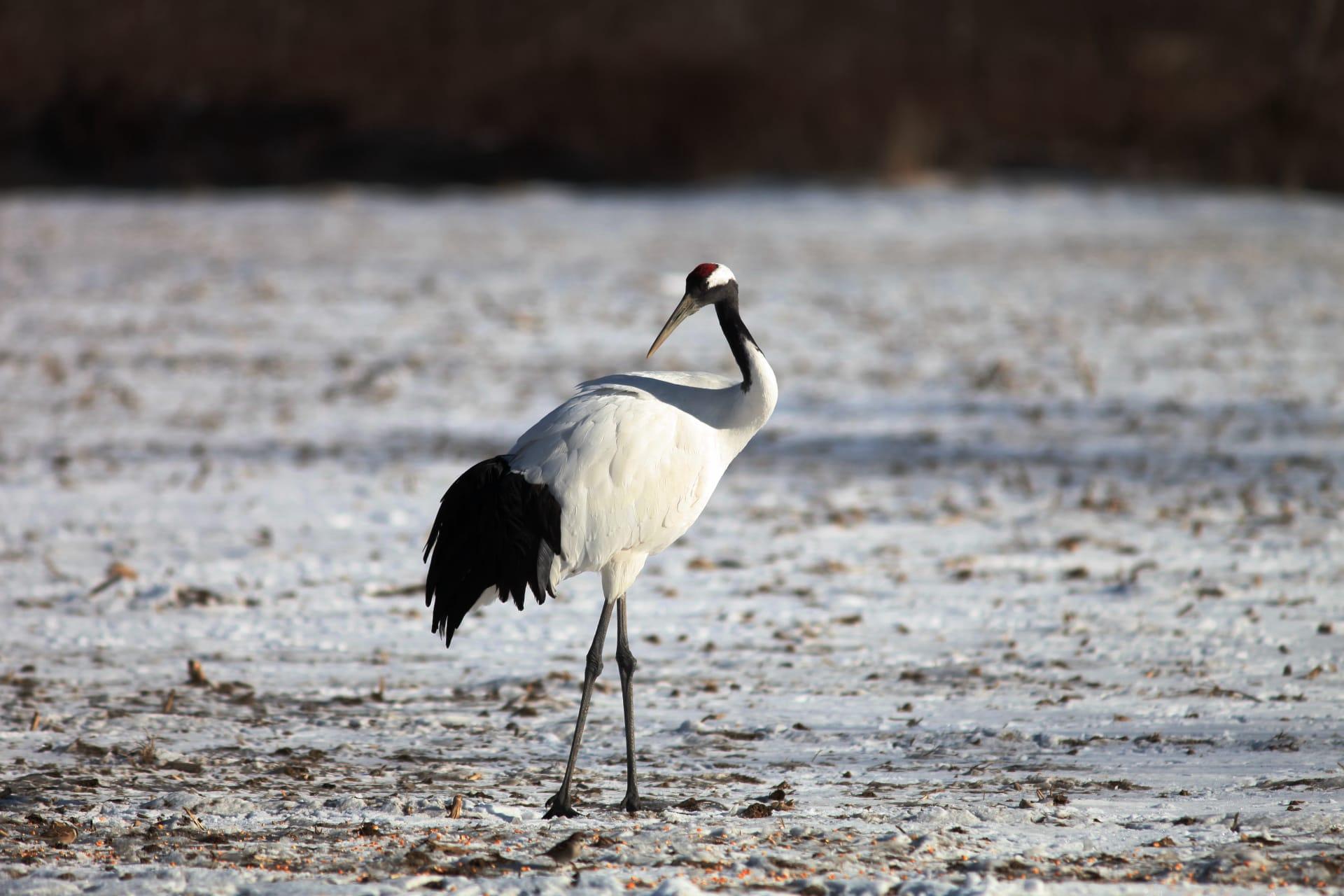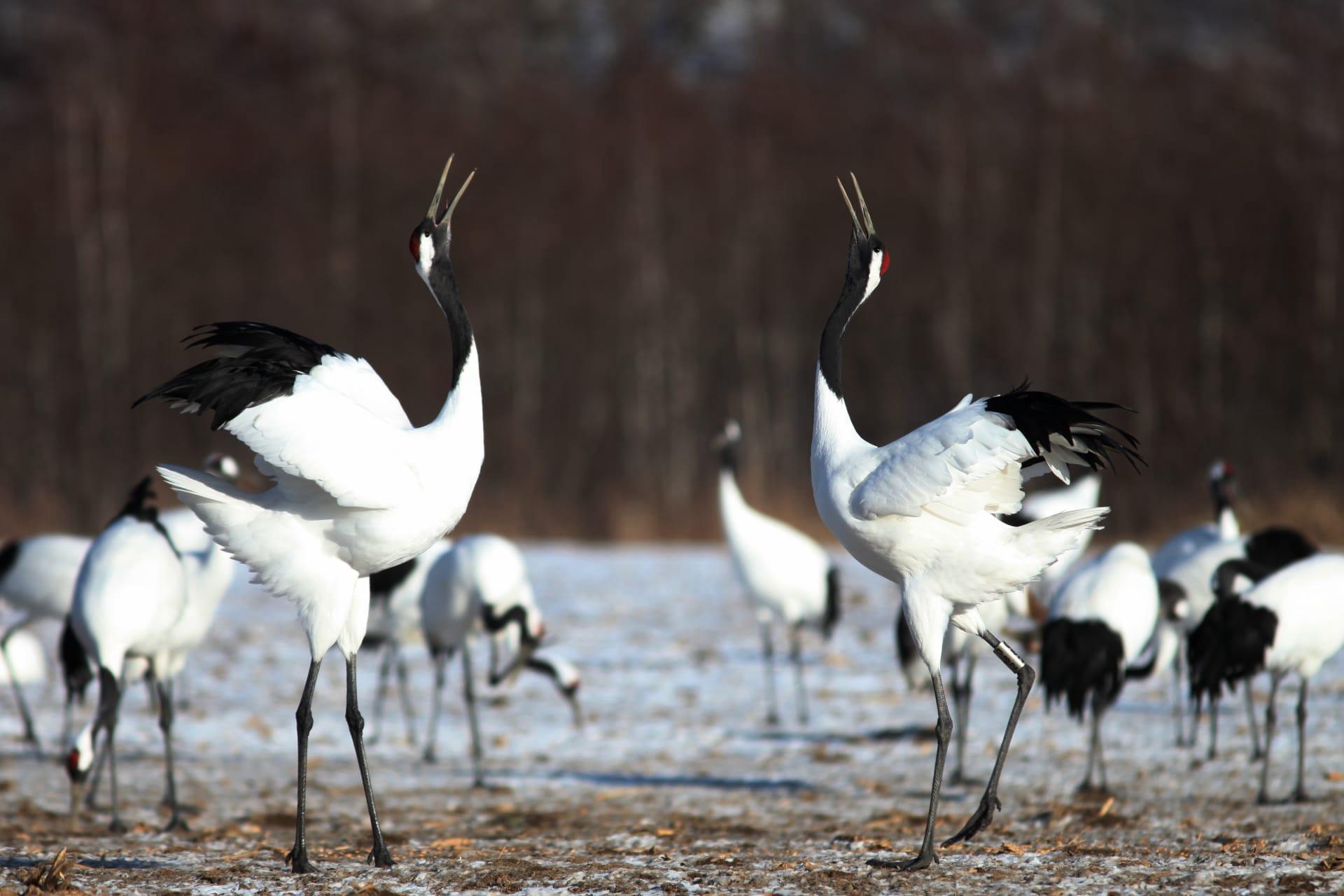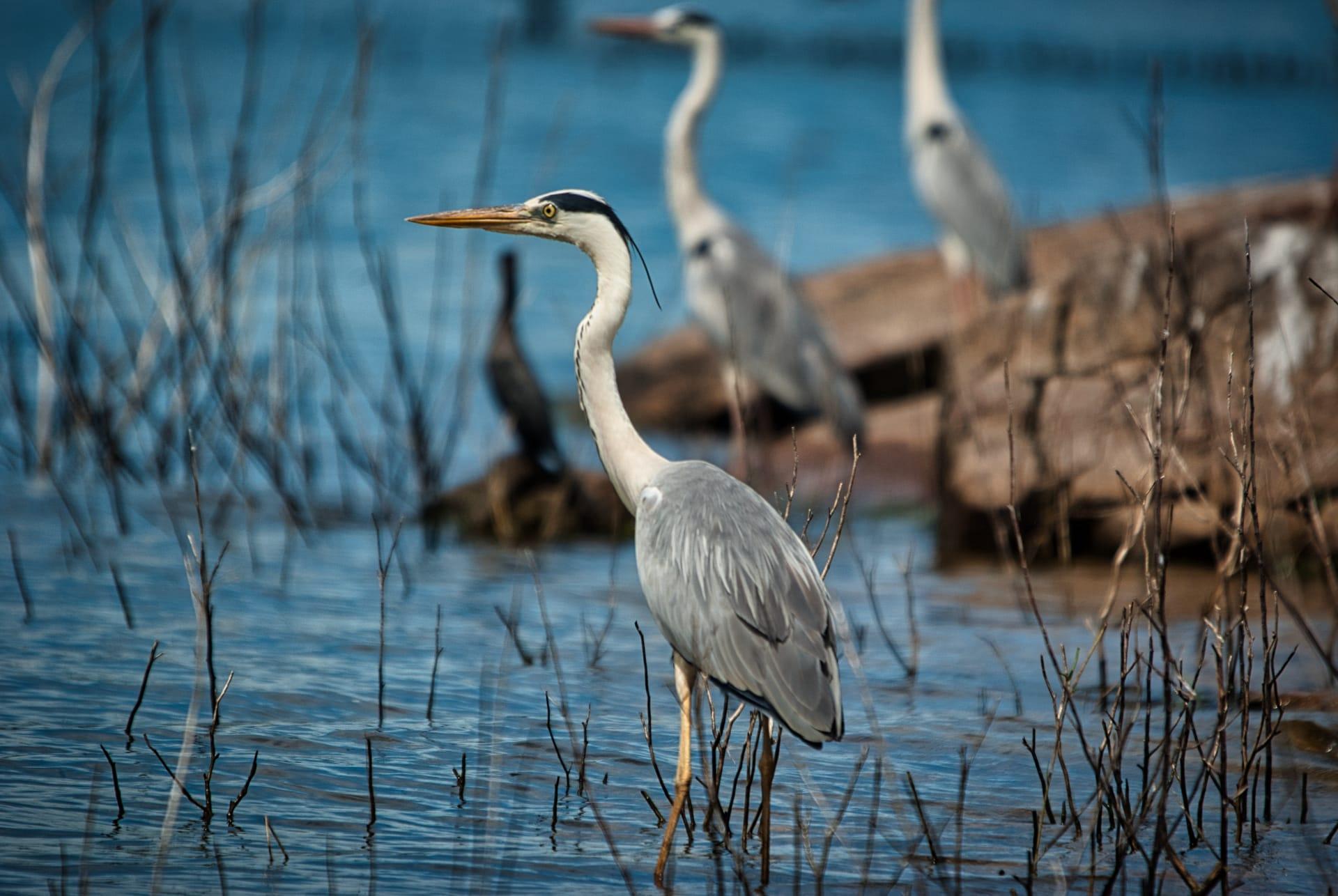1
Did you know that cranes are among the tallest birds in the world? The Sarus Crane, native to parts of the Indian Subcontinent and Southeast Asia, stands out with an impressive height. It can reach up to 5.9 feet (about 1.8 meters), towering over many other bird species. Its height isn't just for show; it helps the crane wade through deeper waters in search of food.
Speaking of food, cranes have a varied diet that changes with the season. In spring and summer, they feast on insects, frogs, and other small animals. Come autumn, their diet shifts to grains and berries, helping them bulk up for the winter. This dietary flexibility is key to their survival across different habitats, from wetlands to grasslands.

2
Crane migration is a breathtaking spectacle, especially when it comes to the Whooping Crane, the tallest North American bird. These cranes migrate over 2,500 miles (about 4,023 kilometers) from their breeding grounds in Canada's Wood Buffalo National Park to their winter home in Aransas National Wildlife Refuge in Texas. This journey is not only long but also dangerous, as they face threats like habitat loss and climate change.
Did you know that cranes are symbols of longevity and fidelity in many cultures? This is partly because some crane species, like the Red-crowned Crane, have been known to live for over 30 years in the wild. Moreover, cranes are monogamous, often staying with the same partner for several years or even for life. They perform elaborate, synchronized dances during courtship, which strengthen their bonds and are a delightful sight.

3
Crane chicks are born precocial, meaning they are relatively mature and mobile from the moment of hatching. Unlike many bird species, crane chicks can walk and even swim within a day of being born. This early development is crucial for survival in the wild, as it allows them to follow their parents and learn vital survival skills.
Cranes use a complex system of vocalizations and body language for communication. Their calls, which can be heard over several miles, vary from deep honking to high-pitched trills, each serving different purposes like attracting a mate, signaling danger, or maintaining contact within the flock. The elaborate dances of cranes are not just for courtship; they also play a role in social bonding and aggression displays.

4
The Grey Crowned Crane, with its striking appearance, is the national bird of Uganda. It's instantly recognizable by its golden crown of feathers. Unlike most cranes that are predominantly migratory, Grey Crowned Cranes are largely sedentary, staying in the same area year-round. This makes them an integral part of local ecosystems in Eastern and Southern Africa.
While many people know that cranes build nests, not everyone knows that these nests are engineering marvels. They often construct large, sturdy platforms out of plants and mud, sometimes over a meter wide. These nests are not just for laying eggs; they also serve as a base for raising chicks and as a refuge from predators. In some crane species, both parents share the responsibilities of nest building, incubating eggs, and feeding the young.

5
Cranes play a significant role in ecosystem health. For instance, by feeding on pests and rodents, they help control these populations, benefiting agriculture. Moreover, their foraging habits often involve digging or uprooting plants, which can help in seed dispersal and create microhabitats for other wildlife.
In some cultures, cranes are considered harbingers of rain and good fortune. This belief likely stems from their migratory patterns, as they often arrive in regions just before the rainy season. Their presence is not only a symbol of hope and prosperity but also a reminder of the changing seasons and the rhythm of nature.